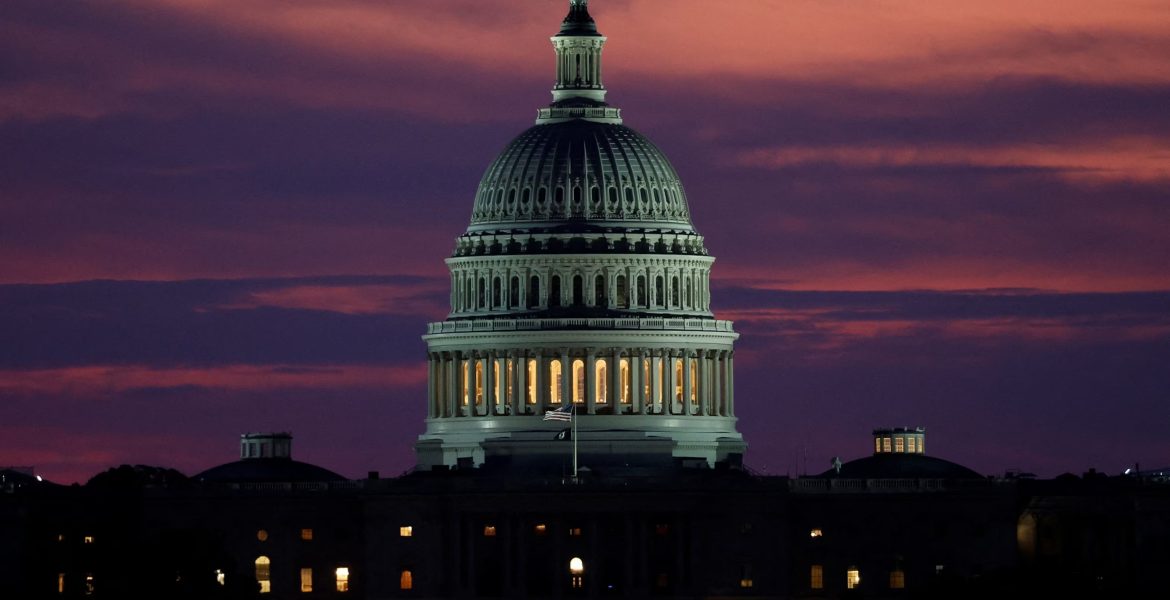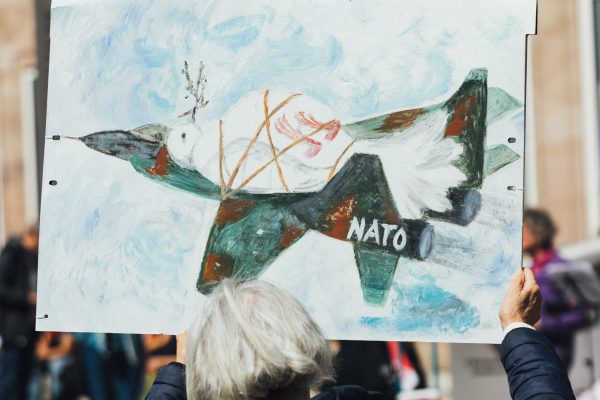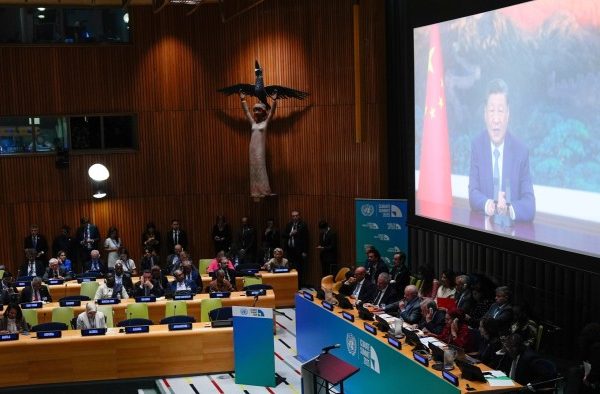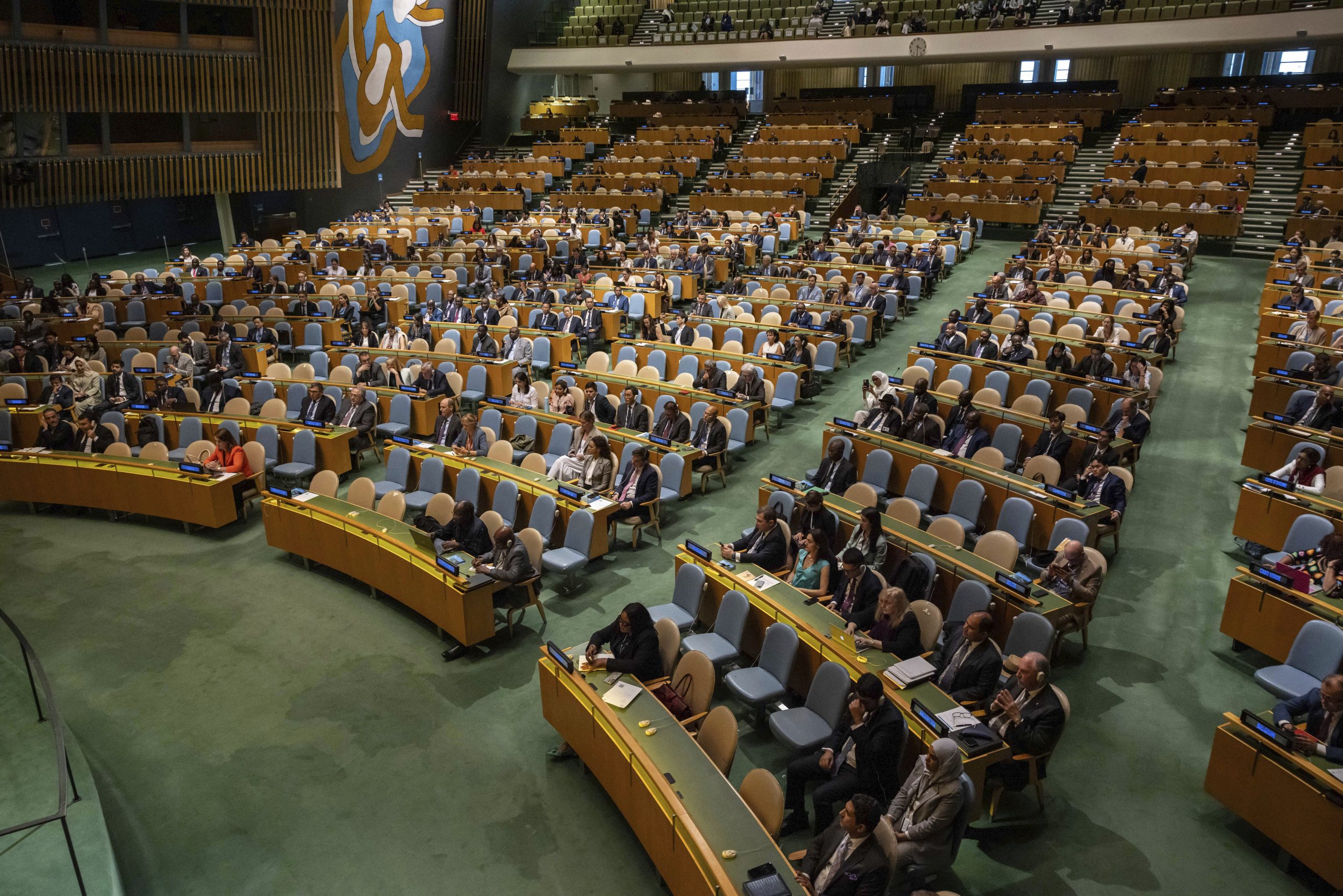US Shutdown – an Engineered Constitutional Crisis?

On 1 October 2025, the United States faces another deadline to fund the Federal Government. What would normally be dismissed as political theatre, has now taken on a more ominous tone. This time, a shutdown may not be temporary brinkmanship but the start of a deliberate strategy — an engineered constitutional crisis designed to weaken institutions and centralise power.
For investors, the stakes are high. If the shutdown becomes indefinite, the very foundations of the global financial system — U.S. Treasuries and the credibility of federal governance — will be called into question.
What a shutdown could mean
In the near term, a failure to fund government operations would close courts, shutter agencies, and halt information services. Normally, these disruptions are temporary. But signals from Washington suggest that if funding lapses on 1 October, the administration may govern by decree, prioritising spending without congressional approval. That would represent a fundamental break with constitutional norms that have underpinned American stability for two centuries.
The risk does not stop at fiscal policy. Domestic militarisation is already visible, with ICE and National Guard deployments in U.S. cities. If an indefinite shutdown is paired with expanded emergency powers, the imagery of armed federal agents on American streets will become the backdrop of a deeper legitimacy crisis.
Why this matters globally
Markets are already uneasy. Yields on U.S. Treasuries are rising even as the Federal Reserve cuts rates, while gold demand is surging. The World Gold Council reports record purchases, underscoring gold’s role as a hedge against systemic risk. If the U.S. government fails to resolve a shutdown promptly, investors will question the sustainability of U.S. debt.
China, the largest foreign holder of Treasuries, has been gradually reducing its holdings. A prolonged crisis could accelerate that trend, with reserves shifting toward gold and away from dollar-denominated assets. This would undermine the U.S.’s financial position while strengthening Beijing’s claim to be the more reliable guarantor of global stability.
The scenarios ahead
The looming shutdown is a fork in the road:
- In a Peaceful Transition, the U.S. contains the crisis, reaffirms constitutional norms, and negotiates trade disputes without escalation.
- In an Engineered Crisis, Washington allows the shutdown to harden into permanence, using both domestic and foreign flashpoints to consolidate power.
- In The Great Unwinding, those efforts fail. The United States defaults, its institutions collapse, and China steps into the role of stabiliser in a multipolar order.
At present, markets are pricing elements of both Engineered Crisis and The Great Unwinding. The next few weeks will determine whether the shutdown is resolved or becomes a structural break.
Positioning capital
For investors, the risk is asymmetric. Gold is already proving its value as a hedge. Exposure to Treasuries must be reassessed: higher yields may reflect not opportunity but structural fragility. Alternatives in yuan-linked settlements, energy, food, and critical minerals outside the U.S. will gain attention if the crisis escalates.
The world is watching Washington. If the shutdown begins and proves indefinite, it will mark not just a fiscal failure but a constitutional rupture — and the clearest signal yet that the U.S. is sliding away from stability.
You may also like

NATO-Russia Tensions and Self-Interest


Leave a Reply